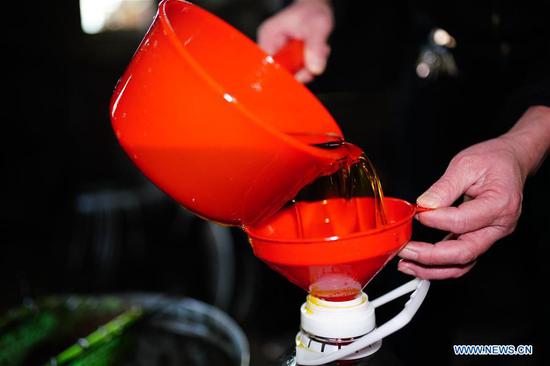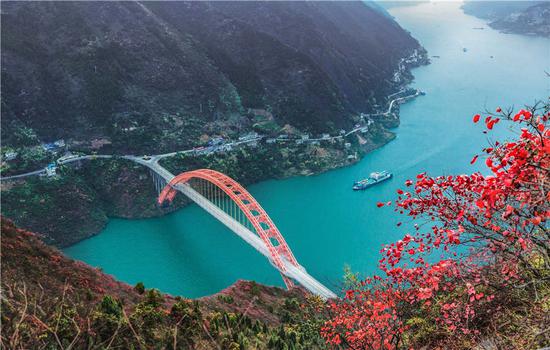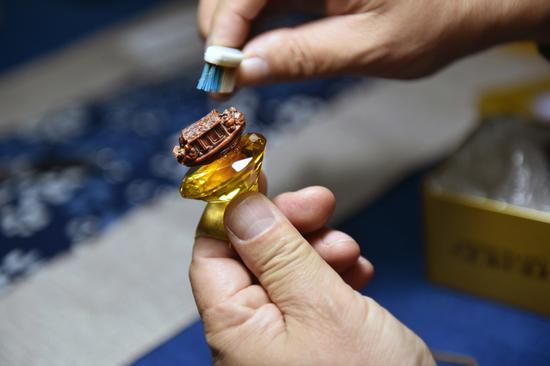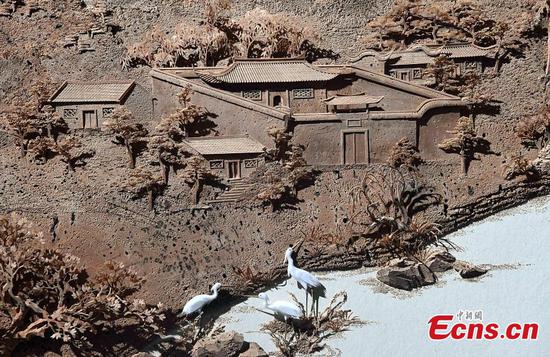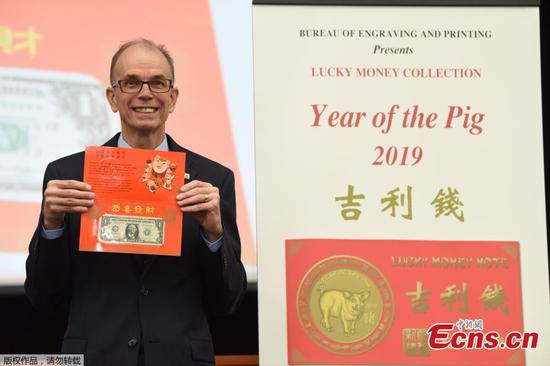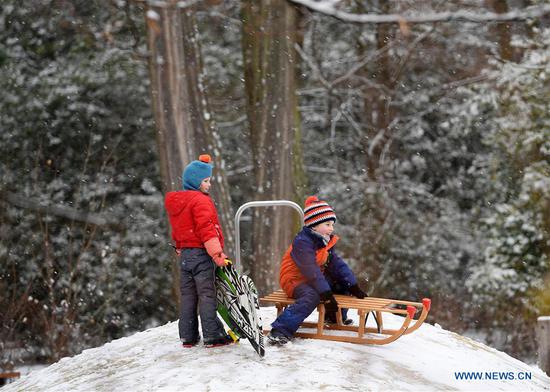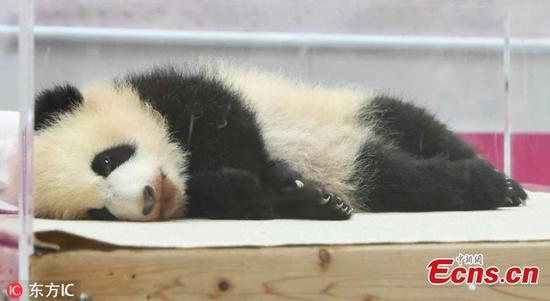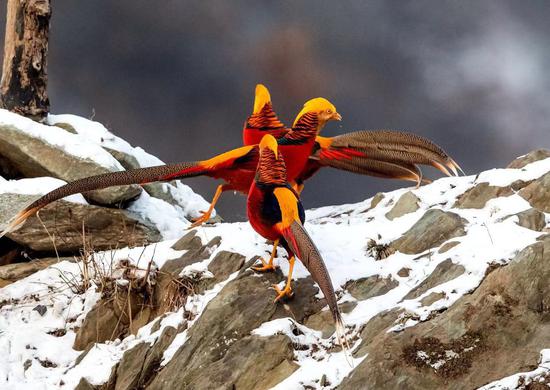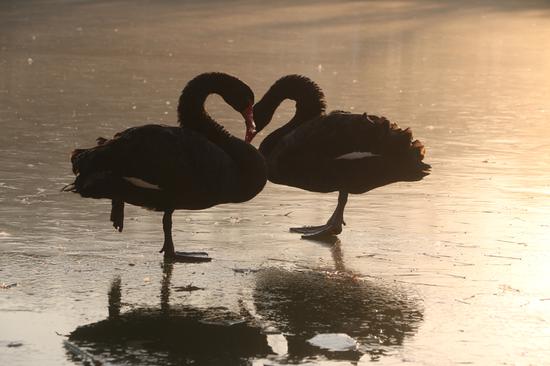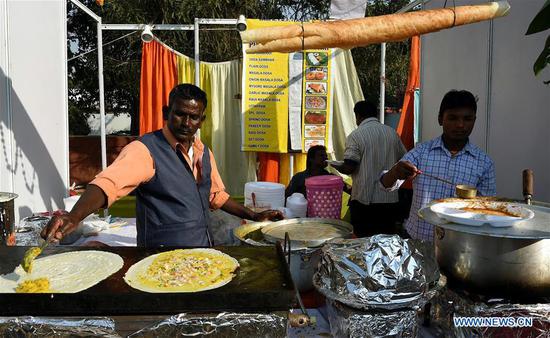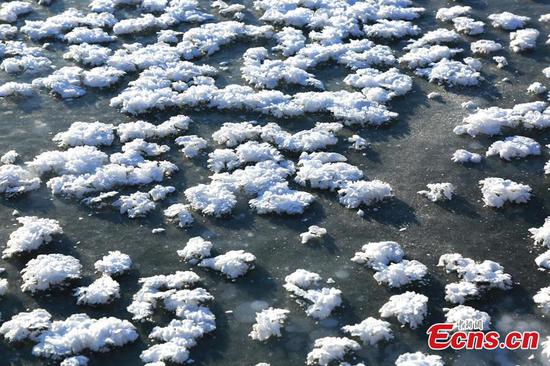An oil production operation in a nature reserve in the Xinjiang Uygur autonomous region has been closed despite the loss of annual output worth hundreds of millions of yuan in order to better protect desert wildlife.
Zhundong Oil Production Plant, a branch of Xinjiang Oilfield of Petro-China that is located in the Junggar Basin, closed 284 oil wells with annual production of 70,000 metric tons of oil in the Kalamayli Nature Reserve, home to endangered animals including the Przewalski's horse, which has first-class national protection. The annual oil output was valued at more than 300 million yuan ($43.5 million).
The Przewalski's horse is the last surviving subspecies of wild horse. There are currently 2,000 remaining worldwide.
"Xinjiang Oilfield has completely stopped production in the reserve, and has finished the sealing and dismantling of the oil wells and restored the environment," said Ling Lisu, deputy director of the company's safety production department.
According to Xie Jianyong, deputy director of the Zhundong Oil Production Plant, the company invested over 800 million yuan in exploration and facilities construction in the reserve over the past few decades, and found proven oil reserves of 12 million tons. It has cost another 200 million yuan to close the wells.
Xie said the company produced a detailed plan to make sure that no pollution would affect the nature reserve during its exit. The company sent all the pumping equipment and other such materials to local recycling centers to ensure they would not damage the environment.
It also repurposed some parts of the pumping facilities' foundations to serve as basins where water can collect for the animals, Xie added.
Sun Quanhui, a scientist with the international NGO World Animal Protection, applauded the move. "With the closing of oil wells and restoration of the environment in the reserve, human production activities have greatly decreased and the habitats of wild animals have begun to recover, which is of great help to their survival and reproduction," Sun said.
Native to China and Mongolia, the Przewalski's horse was on the Red List of Threatened Species of the International Union for Conservation of Nature from the 1960s to 1996. Its status was then reassessed as critically endangered following successful reintroductions.
China imported 18 of the horses in 1985 from several countries and built a breeding center for their preservation. The Wild Horse Breeding Center in Xinjiang now has 411 horses.
In recent years, scientists have been releasing young wild horses into the reserve, a move critical to the animal's protection. Scientists say the presence of the wild horse in natural habitats helps enlarge the gene pool and improves its ability to survive.














